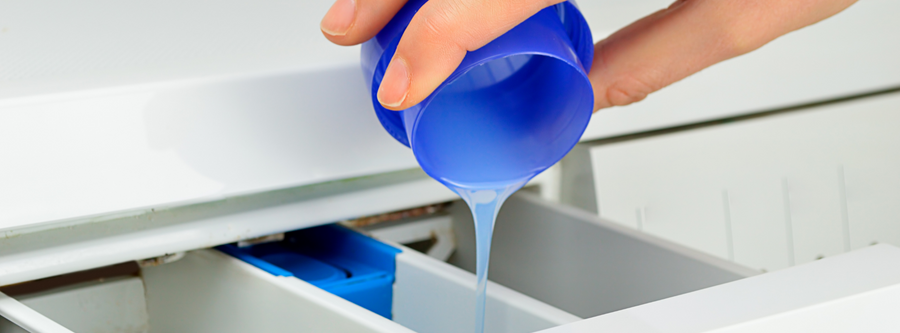Your cart is empty.
Let's change that. Start Shopping
Let's change that. Start Shopping
May 24, 2022

Ingredient labels are notoriously difficult to read. And few labels are more mysterious to consumers than household cleaning and laundry products – the chemical names are long, difficult to pronounce, and most of them sound toxic even if they’re not. Even biobased and plant-derived detergents can include potential carcinogens. Ethoxylated detergents are some of the most hazardous on laundry labels because those ingredients can leave behind a carcinogenic byproduct called 1,4-Dioxane.
The chemical is most prevalent in wastewater near chemical plants and soil at biohazard sites, so how does it end up in laundry detergent? Most detergents are made through a process called ethoxylation, where Ethylene Oxide (EtO) is reacted with a fatty alcohol. That process creates inexpensive, hard-working detergents like Sodium Laureth Sulfate and Polyethylene Glycol (PEG). Often, ethoxylation leaves behind a byproduct called 1,4-Dioxane, which ends up in products like laundry detergent, toothpaste, or shampoo. 1,4-Dioxane, just like EtO, is a likely carcinogen. Because it’s not an intentional ingredient and can’t be seen by the naked eye, only chemical labs with special equipment can prove its presence in household products.
So, if the naked eye can’t see it, how can consumers understand whether the potential carcinogen is present in their favorite detergent? We tested leading laundry detergents from Tide, All, Gain, Mrs Meyers, Seventh Generation, and Method. Here’s what we found.